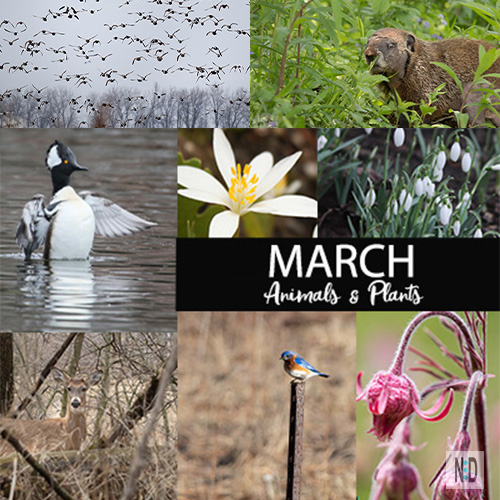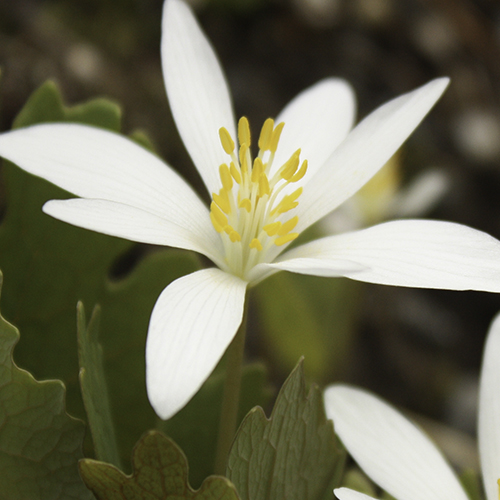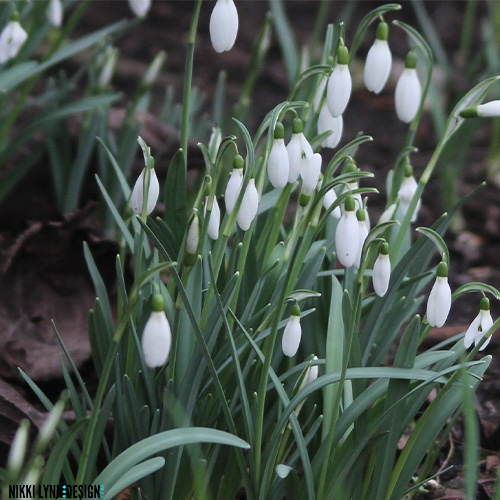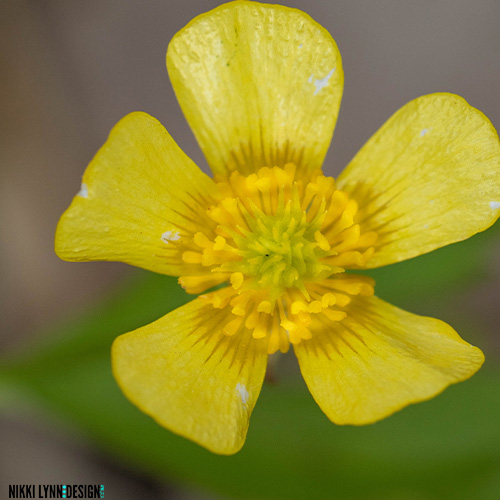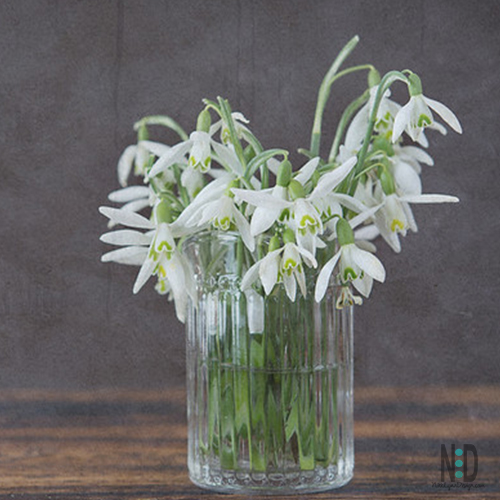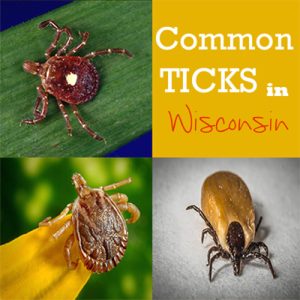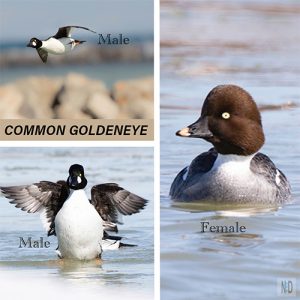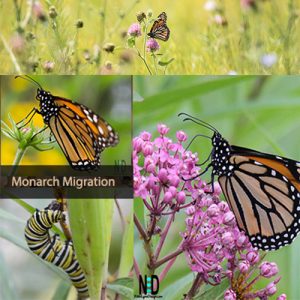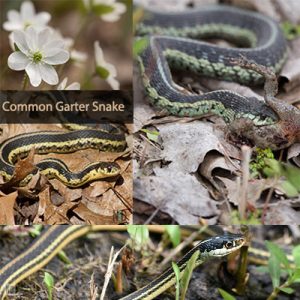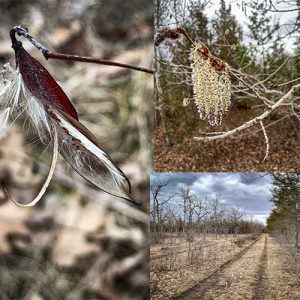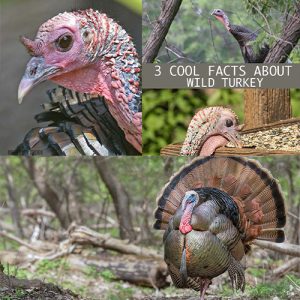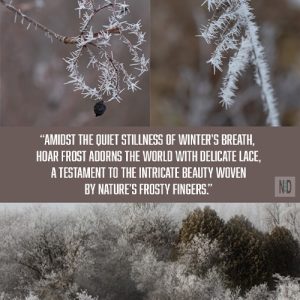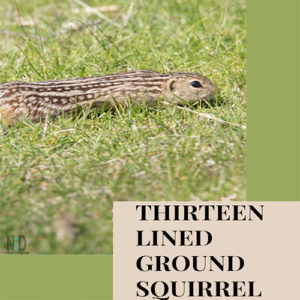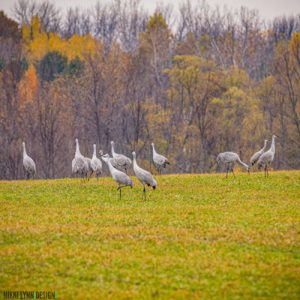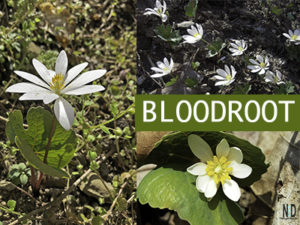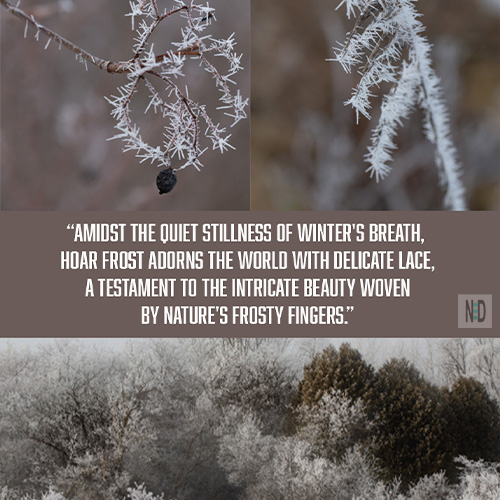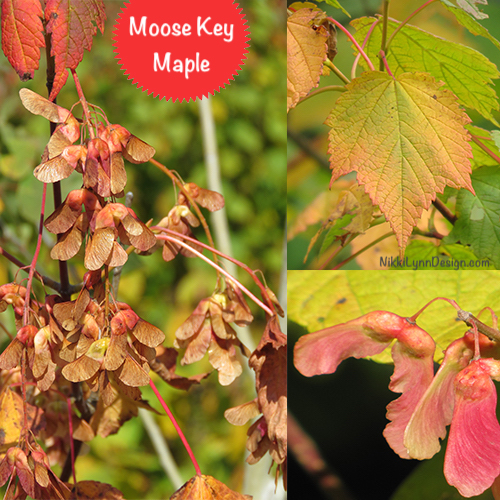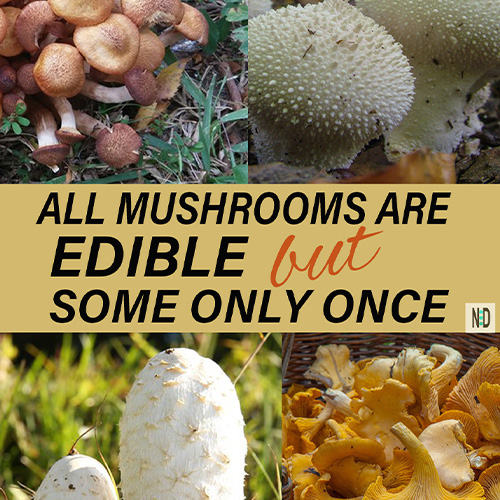Days Are Getting Longer
March is a month of returning birds, and planting indoor garden seeds. Summer is just around the corner, I can feel it.
As winter’s icy grip begins to loosen in Wisconsin, the arrival of March heralds the much-anticipated transition from the cold months to the vibrant burst of life that spring brings. Nature awakens from its slumber, with wildflowers pushing through the thawing ground, animals engaging in courtship rituals, and the miracle of new life unfolding. Join us as we explore the captivating seasonal changes that grace Wisconsin during this transformative month.
Animal & Plant Life Are Waking Up
The days are getting longer by 60 minutes in the morning and 80 minutes in the evening and the red-winged blackbirds, crows, bluebirds, and waterfowl are returning. The snow starts to melt creating muddy landscapes and the wind kicks up, wildflower season is not too far off.
Our woodland and pond critters start waking and becoming active this month. Chipmunks leave their winter hideaways behind, common garter snakes start sunning themselves on woodland paths, and turtles, frogs, and salamanders emerge from the mud.
Woodchucks
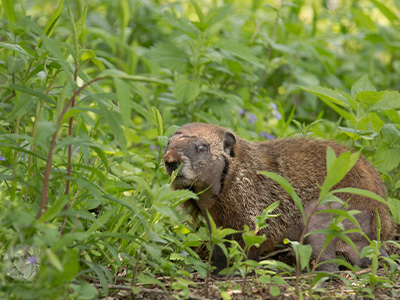
Mating for the woodchuck begins in March. Near the end of March, males are extremely aggressive, fighting with one another; often bloodily and hairless in spots from their mating wars.
Woodchucks are the largest member of the squirrel family. They spent their winter sleeping in burrows that can reach five feet and sixty feet long curled up in a ball with their heads tucked into their hind legs. The woodchuck’s heart rate slowed down and reached true hibernation over the course of the winter months. This month, he awakens and starts the mating season.
Water Birds Return In Numbers
March is a pivotal month for birdwatchers in Wisconsin as migratory birds return from their winter sojourns. Sandhill cranes, red-winged blackbirds, and various waterfowl grace the skies and wetlands, filling the air with their calls. Witnessing these incredible journeys speaks to the resilience and adaptability of these avian travelers, making March a prime time for birdwatching enthusiasts.
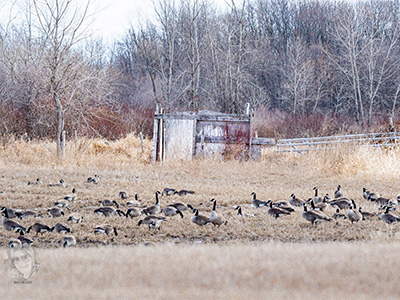
March is an excellent month to start watching the wetland areas and farm fields for returning waterfowl. Tundra swans, geese, and ducks are often found in large numbers.
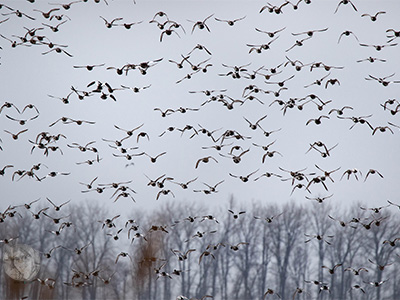
Killdeer, coots and pied-billed grebes, Redhead duck, scaup (both greater and lesser), buffleheads, red-breasted merganser, and goldeneye are just some of the ducks that visit this area in March and April.
End of March into April: great blue and green herons, black-crowned night herons, sandhill cranes, and Virginia and sora rails return and the heard but less often seen American bittern.
Wetlands = Where Birds Swap Vacation Stories and Marshes Throw Feathery Welcome Parties!
Watch For
- Births and New Beginnings: Welcome to the World, Spring Offspring
March brings forth the first signs of new life, with many animal species giving birth to their young. White-tailed deer, for example, often birth their fawns in early spring, providing a heartwarming scene as mother and baby navigate the awakening landscape together. Keep an eye out for adorable baby animals finding their footing in the world, a symbol of hope and the cycle of life.
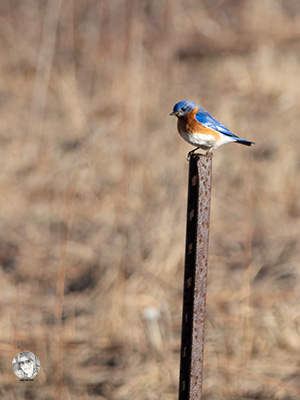
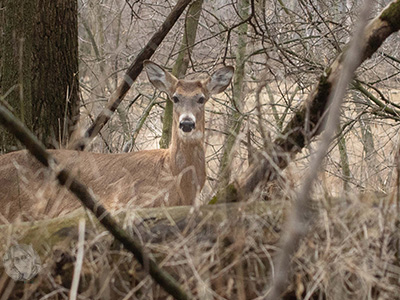
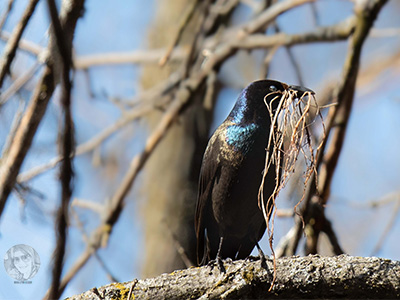
- Animal Courtship: Love is in the Air
As temperatures rise and daylight extends, the animal kingdom in Wisconsin comes alive with courtship rituals. Birds, in particular, engage in elaborate displays to attract mates. Listen for the melodic tunes of songbirds like robins, cardinals, and bluebirds as they serenade potential partners. Observing these intricate courtship dances offers a glimpse into the fascinating world of wildlife relationships, highlighting the lengths animals go to ensure the survival of their species.
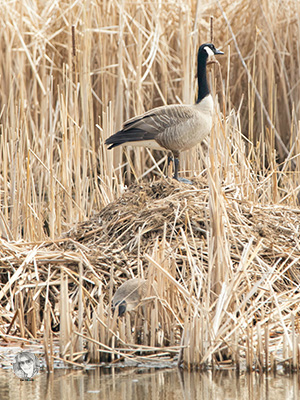
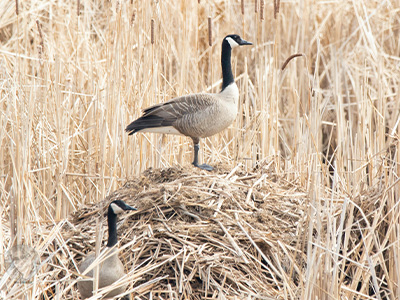
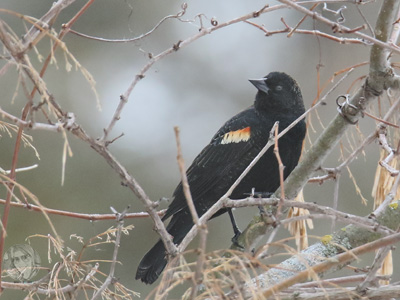
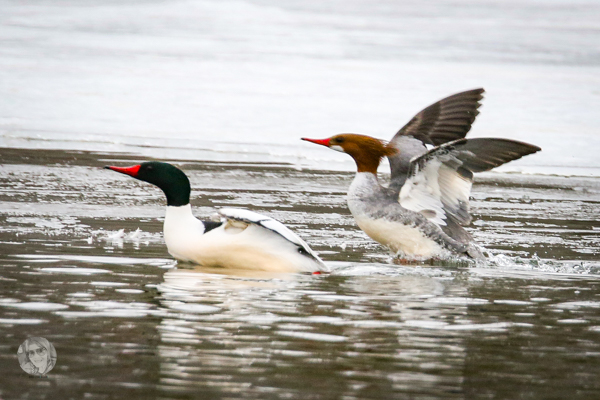
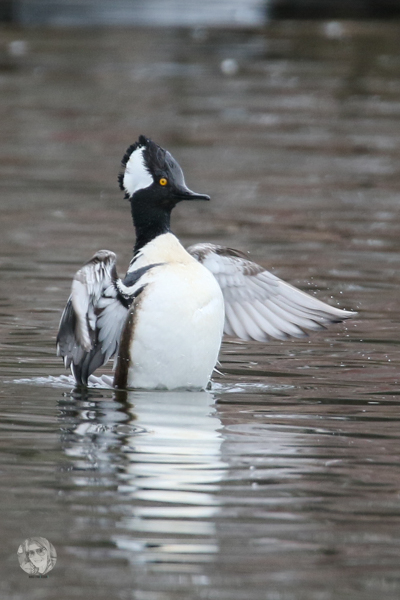
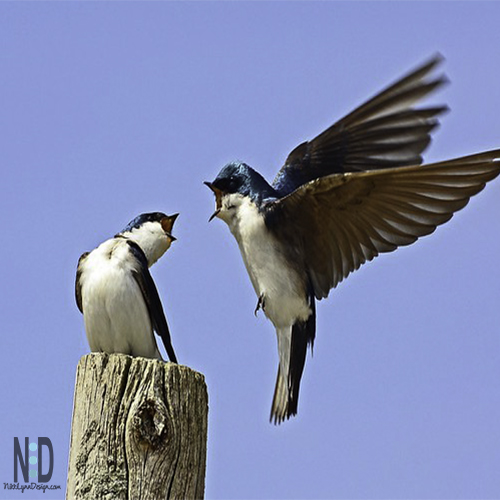
Pileated Woodpecker Hunting
Listen for the drumming. As the insects wake up with the warmer weather, woodpeckers early await.
The Pileated Woodpecker hunts down emerald ash borer under the bark of trees. Woodpeckers have three ways they locate insects.
- Drumming:
- Pileated Woodpeckers are known for their loud and resonant drumming on trees. This drumming serves multiple purposes, including communication with other woodpeckers and, importantly, as a method to locate insects. The vibrations from drumming can disturb or dislodge insects, making them more accessible.
- Keen Hearing:
- Woodpeckers, including the Pileated Woodpecker, have excellent hearing. They can detect the movements and sounds of insects beneath the bark. The insects may create noise as they feed or move within the wood, alerting the woodpecker to their presence.
- Visual Acuity:
- Pileated Woodpeckers have sharp eyesight. They can see the movements of insects, larvae, or even the boreholes left by wood-boring insects under the bark. Their long, chisel-like bills are well-suited for prying away bark to access these hidden prey.
During the winter insects are not readily available, so they go searching and they are masters of the search!
Additional Read: All about the Pileated Woodpecker
Eastern Pine
Look for new spring growth on evergreens. Evergreens like pine, spruce, fir, arborvitae, and hemlock only retain up to two years of the newest years’ needle growth. The trees will lose their oldest needles on established trees each year.
Eastern Pine (Pinus virginiana), provides habitat and resources for a variety of animals.
- Red Squirrel (Tamiasciurus hudsonicus):
- Red squirrels are often found in Eastern Pine forests, where they nest in the branches and feed on pine cones.
- Eastern Chipmunk (Tamias striatus):
- Chipmunks may use Eastern Pine trees for shelter and foraging, as these trees provide a mix of open areas and cover.
- White-Tailed Deer (Odocoileus virginianus):
- White-tailed deer may browse on Eastern Pine foliage and use the trees for cover and shelter.
- Eastern Cottontail Rabbit (Sylvilagus floridanus):
- Rabbits can use the dense understory of Eastern Pine forests for cover and foraging.
- Pine Warbler (Setophaga pinus):
- This bird species is often associated with pine trees, including Eastern Pines, where it forages for insects and builds nests.
- Various Birds:
- Numerous bird species, such as nuthatches, titmice, and woodpeckers, may use Eastern Pine trees for foraging, nesting, and shelter.
- Insects and Spiders
- Eastern Pine trees support a diverse community of insects and spiders that live on the needles, bark, and within the tree canopy.
Wildflower Extravaganza: A Symphony of Color
March marks the awakening of Wisconsin’s flora, with wildflowers bravely pushing through the thawing soil. Delicate blooms such as trilliums, bloodroot, and hepatica begin to carpet the forest floors and meadows in a stunning display of colors. The muted tones of winter give way to a vibrant palette, transforming the landscape into a living canvas. Nature enthusiasts and hikers alike flock to witness this breathtaking spectacle, capturing the essence of renewal and growth.
Look for the following wildflowers to bloom sometime starting during March in Wisconsin.
What’s blooming during March in our woodlands, meadows, and wetlands? Our weather is warming up and depending on the yearly weather pattern you will start seeing plant, wildflower, and tree growth. Each year the plant life will vary for a few weeks depending on the warmth of the soil.
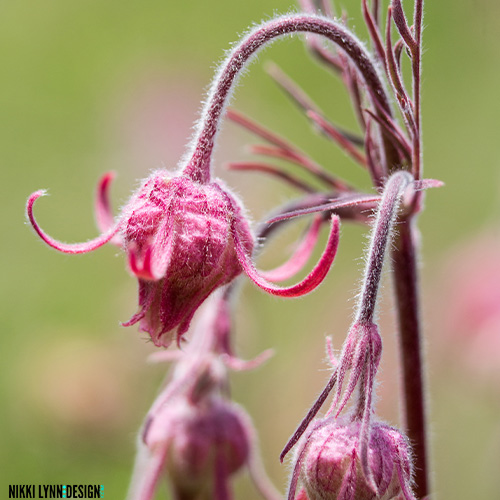
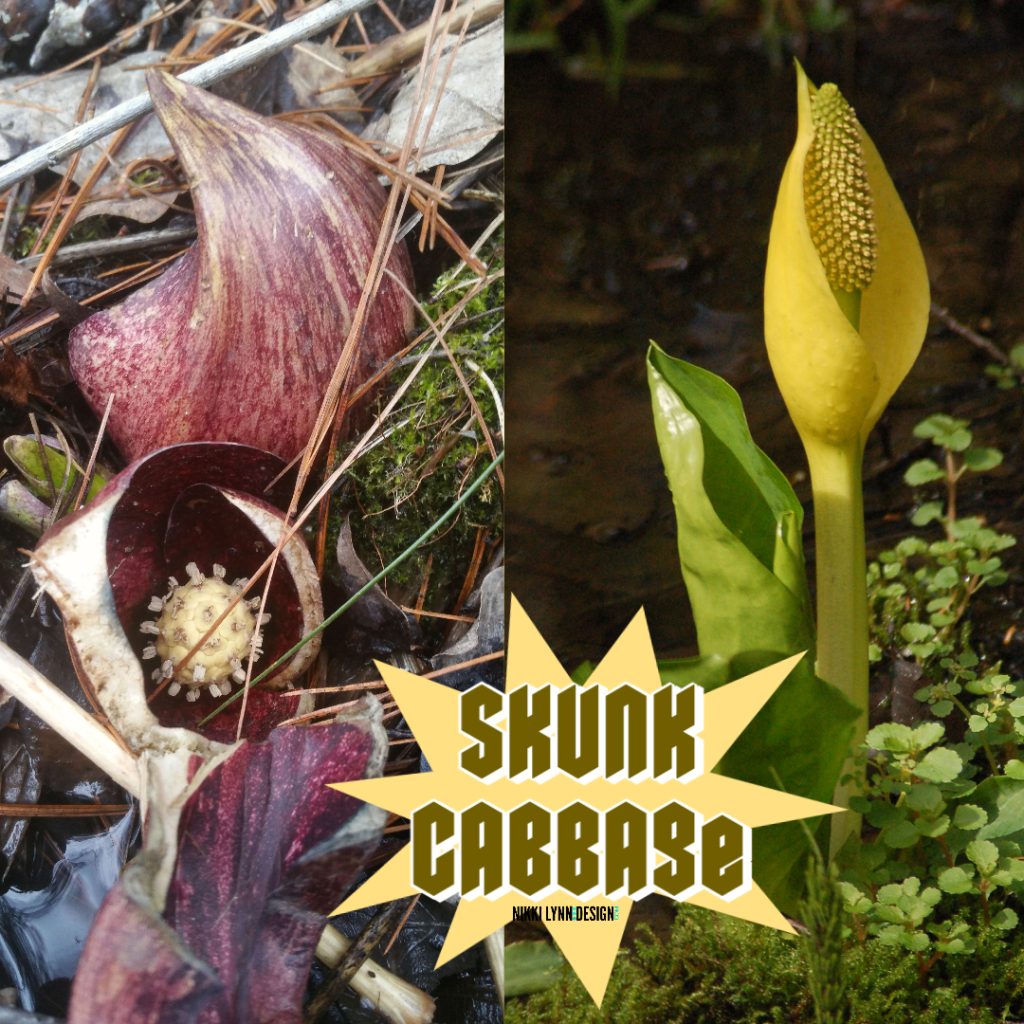
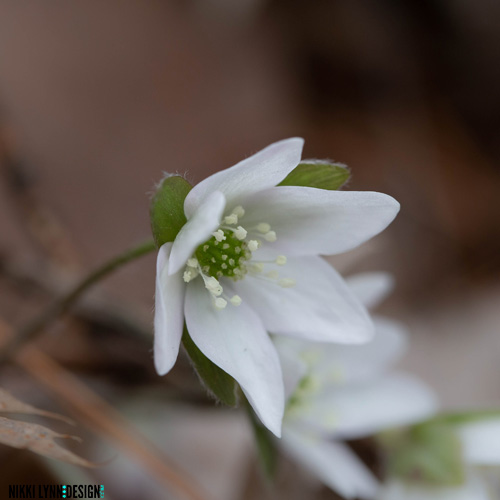
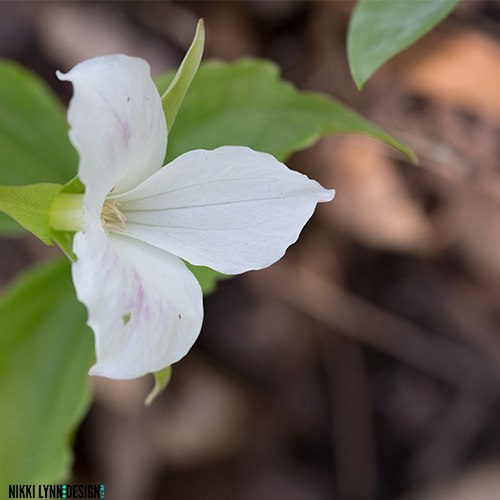
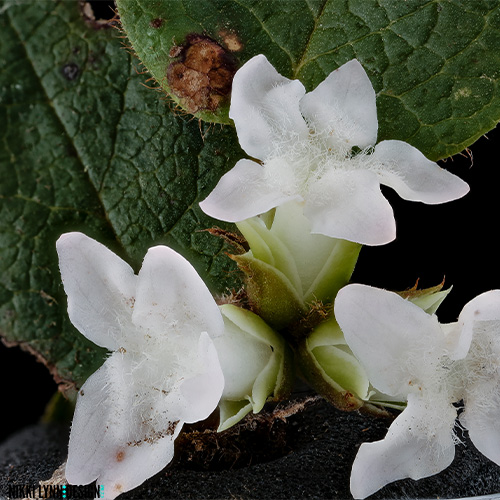
Pussy Willow Catkins Bloom
Look for pussy willow catkins blooming starting in late February into March. This deciduous shrub prefers moist soil and is usually found around ponds and streams.
Pussy willow trees have male and female flowers. The male flowers are soft and gray Female flowers are a fuzzy green.
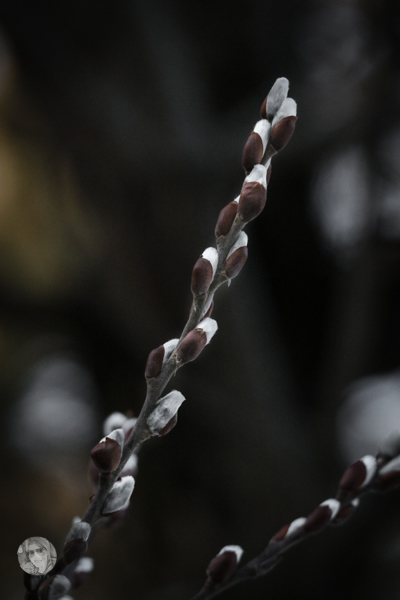

Additional Posts:
• Seed Germinating
• Natures Guide To Planting
• Picking Garden Tools
Maple Syrup Season: Tapping into Nature’s Sweet Bounty
March not only marks the awakening of flora and fauna but also signals the start of maple syrup season. As temperatures fluctuate between freezing nights and warmer days, sap begins to flow in sugar maple trees. This time-honored tradition involves tapping trees, collecting sap, and boiling it down to produce the sweet elixir we all know as maple syrup. Visitors to Wisconsin can experience the magic of this process firsthand at local sugarhouses and maple festivals.
Additional Post:
Our 1-day experience Maple Tree Tapping
Conclusion
March in Wisconsin is a month of transformation, where the chill of winter gives way to the warmth of spring, and nature orchestrates a symphony of life. From the delicate wildflowers carpeting the earth to the lively courtship rituals of animals, every corner of Wisconsin bursts with energy and vitality. As we embrace the seasonal changes, let’s marvel at the beauty of rebirth, growth, and the enduring cycles that make the Badger State a captivating destination for nature lovers.
Get out and enjoy the last week of March – Until next month friends, I wish you peace, health, and happiness!
Jan, Feb , Mar, Apr, May, Jun, Jul, Aug, Sept, Oct, Nov
The post was last updated in March 2023.
This site contains affiliate links that may provide a small compensation to me —-> at no additional cost to you.
